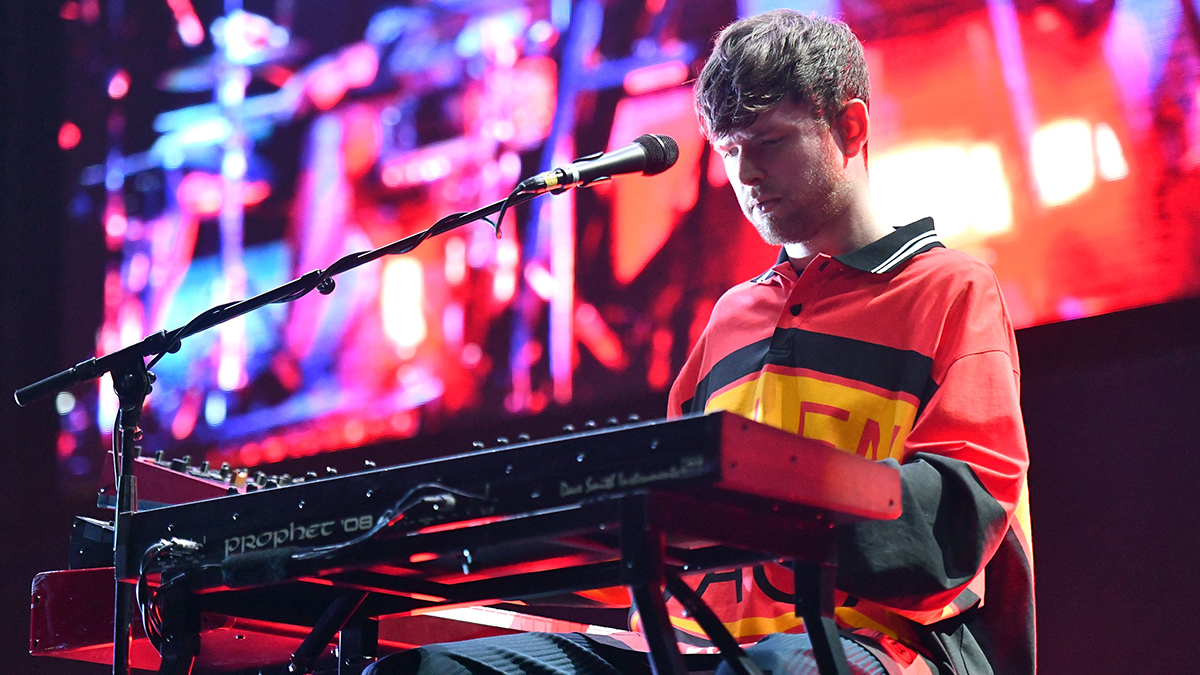James Blake on the synths he used on his new album, and why he’s still happy to pay for all his Dave Smith gear
“I make money out of those synths, and they truly pay for themselves,” he says

Now a firm fixture on the electronic music landscape, James Blake has been discussing some of the synths he used during the creation of new album Friends That Break Your Heart, his fifth long player.

Speaking to Billboard, he confirms that he uses both hardware and software instruments, and not always in the most conventional ways.
The Arturia Stage-73 V, for example, was employed to create a percussive sound on the track Coming Back, which features SZA.
“I turned the percussive sounds of the Rhodes up super high, and it makes this crazy sound,” he says. “That’s a tip for anyone who wants to make a strange sound with one of these - turn up the sound of the mallet all the way and that becomes its own strange thing.”
Blake also made use of the Five12 Vector Sequencer, a Eurorack device that includes many of the features of the company’s Numerology software in a hardware format. This was used on I’m So Blessed You’re Mine, a song that was originally intended for Billie Eilish.
Further shout-outs go to the Moog DFAM, which was responsible for the kick drums on Show Me - “Once I got my hands on this, I knew there was nothing else like it” - and the Dave Smith Instruments Prophet 08, a synth that Blake has been using since the start of his career.
“It’s just always been my favourite,” he confirms. “It’s also a bit raw. The oscillators jump out a bit more than the [other Dave Smith synths].”
Want all the hottest music and gear news, reviews, deals, features and more, direct to your inbox? Sign up here.
In fact, it sounds like Blake has got to know Smith pretty well, but he doesn’t ask for any special favours.
“He’s come backstage to our shows over the years, but I still buy all my synths,” he says. “Not to be crass, but I’ve spent a lot of fucking money on them! But I’m happy to do it. I make money out of those synths, and they truly pay for themselves.”
You can read the full interview over at Billboard.



I’m the Deputy Editor of MusicRadar, having worked on the site since its launch in 2007. I previously spent eight years working on our sister magazine, Computer Music. I’ve been playing the piano, gigging in bands and failing to finish tracks at home for more than 30 years, 24 of which I’ve also spent writing about music and the ever-changing technology used to make it.